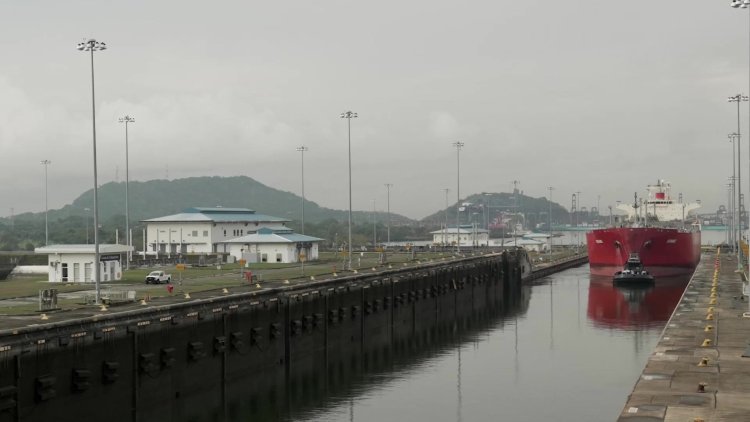Panama Canal Increases Daily Ship Transits to 31

The Panama Canal increased its daily number of ship transits, although the water deficit that led to restrictions on the number of crossings and vessel drafts last year persists, authorities reported. This interoceanic waterway, which handles 6% of world maritime trade and was inaugurated by the United States in 1914, began applying restrictions in April 2023 due to lack of rainfall caused by the El Niño phenomenon. However, it has now increased daily transits from 27 to 31 thanks to rising levels in the two artificial lakes that supply fresh water to the 80 km channel connecting the Pacific and Atlantic Oceans. The measure brings good news for the Canal and its users, although further increases are expected in the coming months as rainfall normalizes water levels.
The Panama Canal does not use seawater like the Suez Canal - instead releasing around 200 million liters of fresh water from lakes Gatún and Alhajuela for each transit. At the height of last year's crisis, transits dropped to 22 per day from a normal 39, causing a backlog of up to 160 waiting ships. Some shipping companies paid millions extra in auctions to secure transit slots. The main Canal users are the U.S., China, Japan, South Korea and Chile.
Rainfall averages dropped from 2,800mm annually to just 1,800mm in 2023. However, sporadic rains and the Panama Canal Authority's water-saving measures have allowed lake levels to rise, though not yet to normal operating levels. The situation should improve during the May-November rainy season when the La Niña phenomenon, associated with more precipitation, is forecast.
The Authority is studying incorporating new water sources to avoid future shortages, but such projects require time and huge investments to secure the reliability of this vital trade route, Panama's "principal asset."















